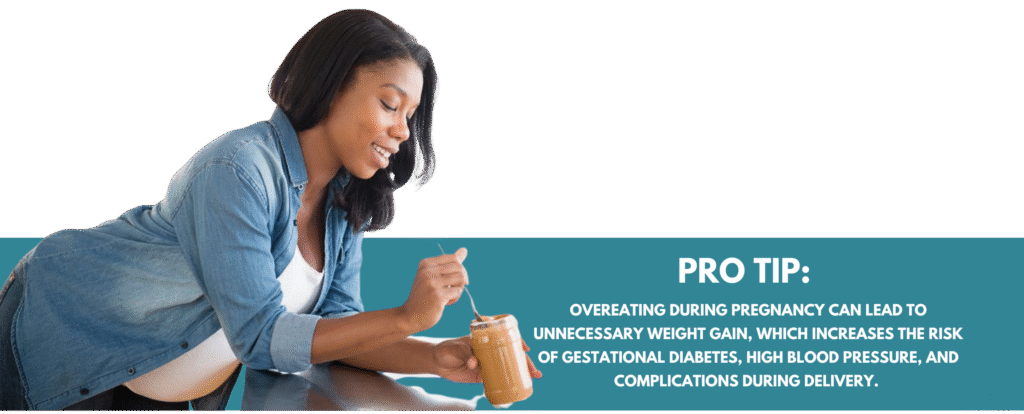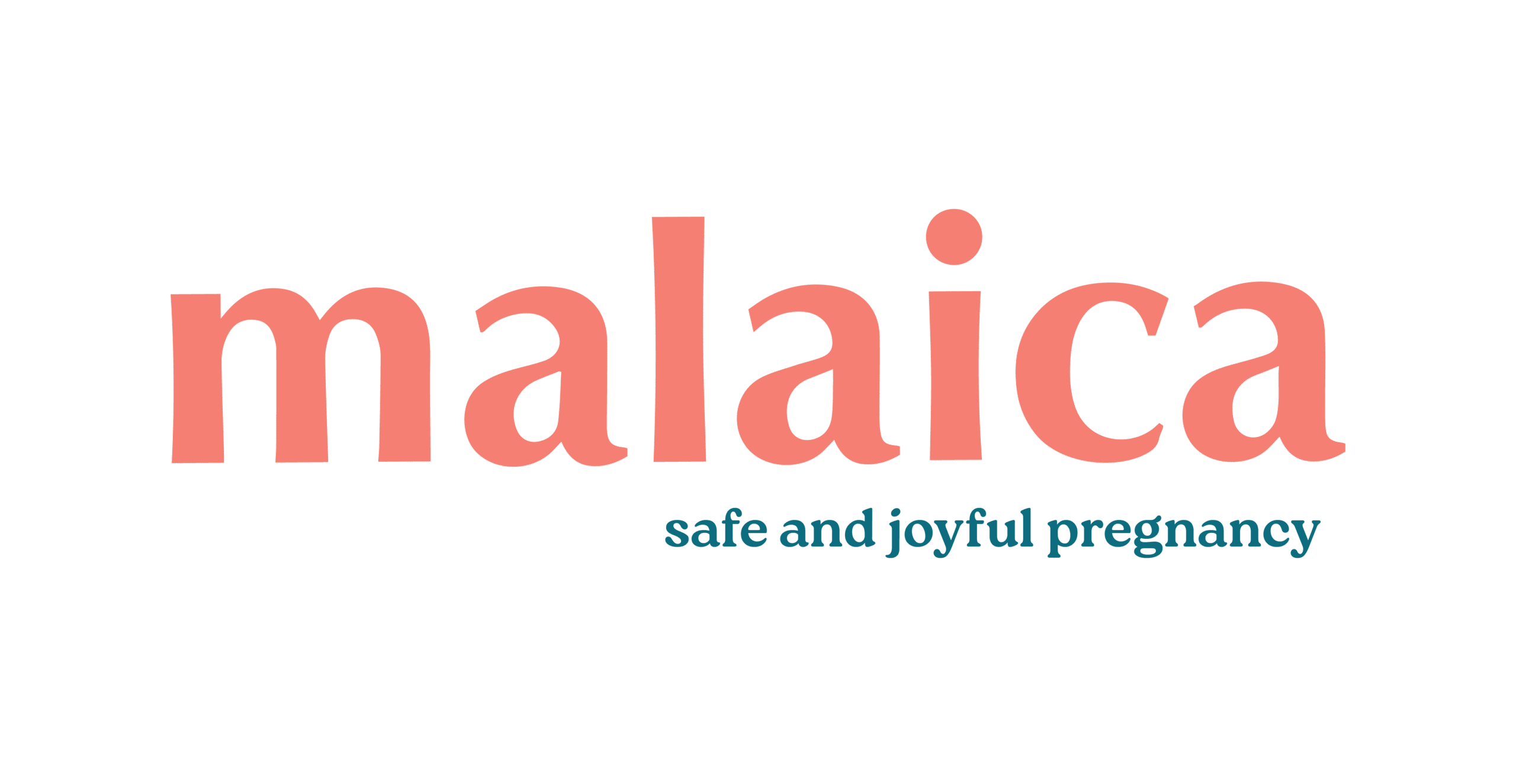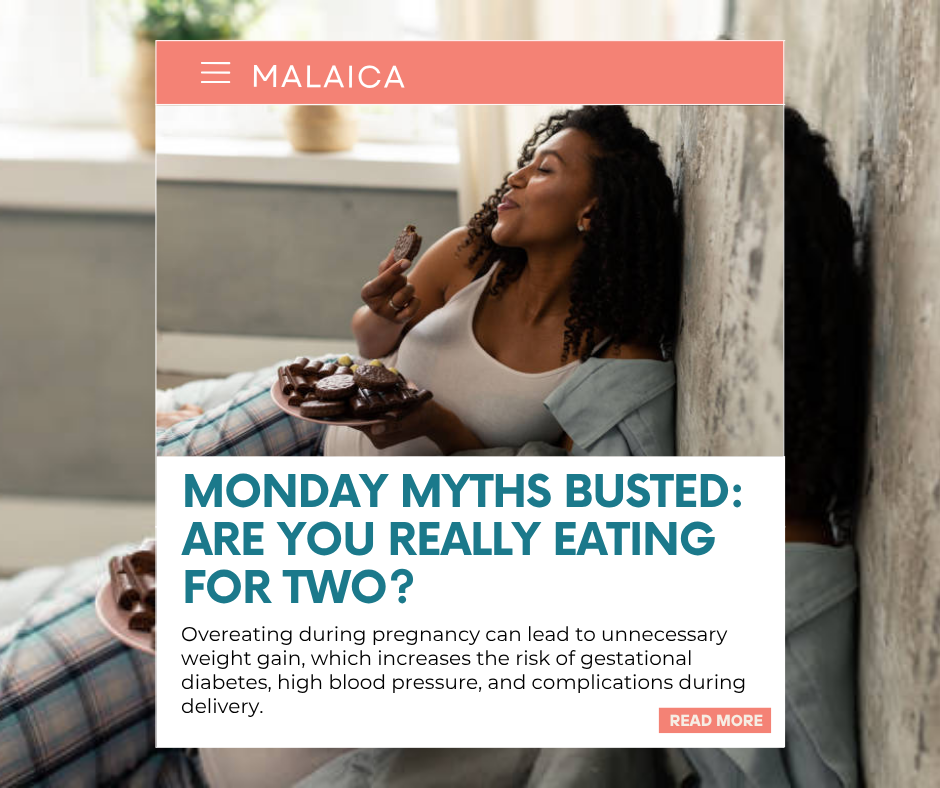This is a popular one. I bet a Kenyan Aunty came up with this. “Mama kula, unajua you are eating for two,” they would say. In all fairness, it’s all out of love. Our aunties, mothers, and even well-meaning neighbors want the best for both mama and baby. But here’s the thing, pregnancy doesn’t mean doubling up your plate like you’re preparing for a buffet.
The belief is that since a woman is carrying another human being, she needs to eat double portions to sustain both herself and the baby. That’s where the phrase “eating for two” comes in. It sounds sweet, but it’s not exactly true.
The Myth
The fact is that what your body actually needs is quality, not quantity. You don’t need to double the ugali, pile on an extra plate of nyama, or finish a whole loaf of bread in one sitting. During the first trimester, your body doesn’t even require additional calories. It’s only in the second and third trimesters that you may need a slight increase, about 300 extra calories a day. That’s roughly the equivalent of a cup of yoghurt with fruit, or a slice of bread with avocado.
So why is the phrase “eating for two” misleading?

On the flip side, focusing on balanced nutrition ensures your baby gets the vitamins, minerals, and proteins needed for healthy development. Think iron, folic acid, calcium, and omega-3s, not just extra chapatis.
Here is what to do instead.
Listen to your body: Eat when hungry, but don’t force-feed.
Choose nutrient-dense foods: Fruits, vegetables, whole grains, proteins, and dairy.
Snack wisely: Instead of chips, grab nuts, boiled eggs, or sweet potatoes.
Stay hydrated: Sometimes thirst disguises itself as hunger.
So no, mama, you’re not eating for two in the sense of double servings. You’re eating smart for one adult and one growing baby. Next time aunty piles food on your plate, smile and remind her: “I’m eating enough for two healthy hearts, not two heavy plates.”


